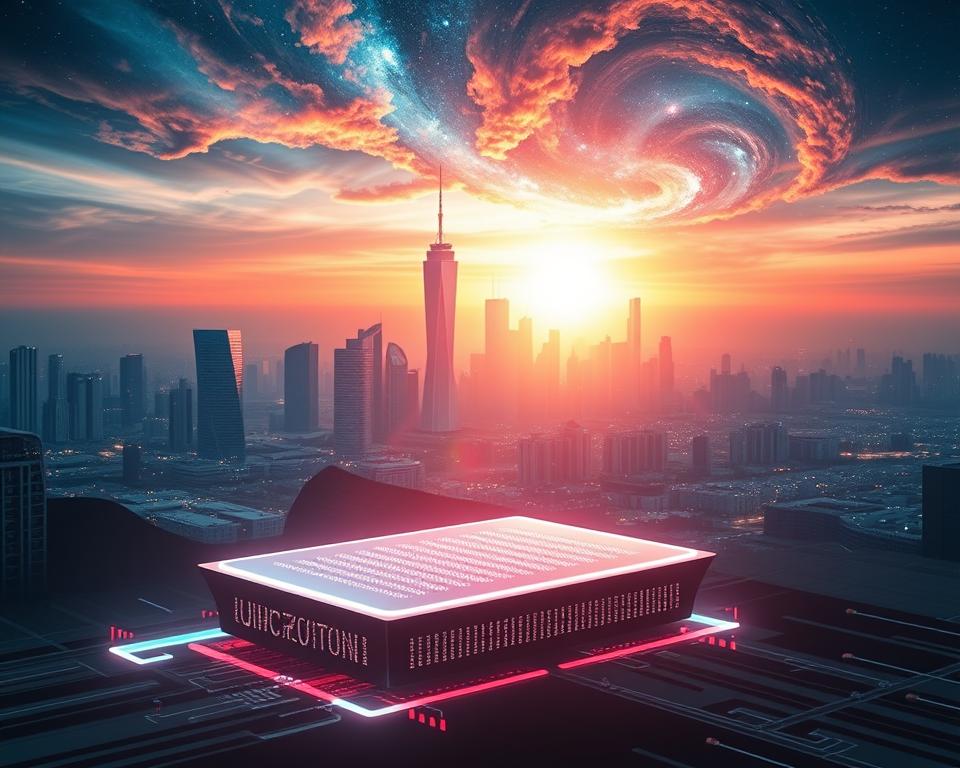Anuncios
Unveiling New Horizons in Art and Culture for the Creative Enthusiast

Art and culture evolve constantly, reflecting and shaping the societies in which they emerge.
Your experience with contemporary creative movements is shaped by a myriad of influences, from groundbreaking technological advancements to the resurgence of traditional media.
This transformation in the art world echoes a larger conversation about identity, expression, and community.
As you explore the current landscape of creativity, you’ll notice how the digital era has given rise to new forms and platforms.
Social media, for instance, plays a pivotal role in how art is created, shared, and consumed. Artists now engage with audiences directly, blurring the lines between creator and spectator and establishing a participatory culture that wasn’t as prominent before the digital age.
Simultaneously, there’s a growing appreciation for artisanal and heritage crafts, prompting a dialogue between the cutting-edge and the time-honored.
This duality of innovation and tradition weaves together a rich tapestry of cultural trends that redefine what it means to be an artist or a connoisseur in today’s world.
Whether through the vibrant hues of a digital painting or the intricate stitches of a handcrafted garment, art remains a universal language that continues to expand its vocabulary with each passing day.
Digital Fusion: Multimedia Interactions
In the realm of art and culture, digital fusion is a critical trend, bringing together various multimedia elements to create immersive experiences.
Virtual Reality and Art Convergence
Realidad virtual (RV) has evolved from a gaming novelty to a significant artistic medium. By donning a VR headset, you can step into entirely new worlds crafted by artists.
Galleries and exhibitions are increasingly incorporating VR to showcase artworks that combine three-dimensional spaces with interactive features, allowing you to not just view but experience art in a transformative way.
For instance, The Museum of Modern Art (MoMA) in New York has featured VR installations that place you inside abstract environments influenced by the artworks of famous painters.
Social Media Shaping Aesthetics
Social Media platforms like Instagram y TikTok play a crucial role in defining contemporary art styles. Through social media:
- You witness a democratization of art, where anyone can share their work and gain an audience.
- There’s a rapid exchange of ideas, with trends and styles emerging almost overnight.
- Content is often tailored to the platform’s format, promoting a strong visual impact or bite-sized videos to engage viewers more effectively.
Artists collaborating across the globe use social media to create pieces that resonate with current societal themes, often leading to new movements recognized worldwide.
Inclusive Narratives: Diversity in Art
Your understanding of contemporary art is enriched when you consider the diverse voices shaping its narrative.
Art today is not just about aesthetics; it’s about representation and inclusivity, reflecting a wide range of cultural experiences.
Globalization of Local Art
Local art forms from around the world are gaining international attention. You might have noticed a significant presence of Indigenous art in global exhibitions or African pottery in an overseas gallery.
This isn’t by accident. Curators are actively seeking to bolden cultural diversity within their displays, thus allowing local art to tell its global story.
Thanks to digital platforms, artists in remote locations can now showcase their work to a worldwide audience, breaking geographical boundaries.
- Exhibition Collaborations: Galleries across continents collaborate to feature local art, enhancing cross-cultural exchange.
- Online Marketplaces: These platforms amplify the reach of local artists, making works accessible globally.
Art as a Voice for Social Movements
Art has become a powerful conduit for social commentary, often serving as the voice for underrepresented groups.
As you look at the vibrant murals celebrating LGBTQ+ rights or the poignant installations addressing racial injustice, your understanding of their context deepens.
These pieces don’t just decorate spaces; they challenge you to confront critical issues and foster dialogue.
- Mediums and Messages: Different mediums are used to express support for social causes, from sculptures to digital art.
- Artist Collectives: Groups of artists unite to amplify shared messages, resulting in greater impact within society.



